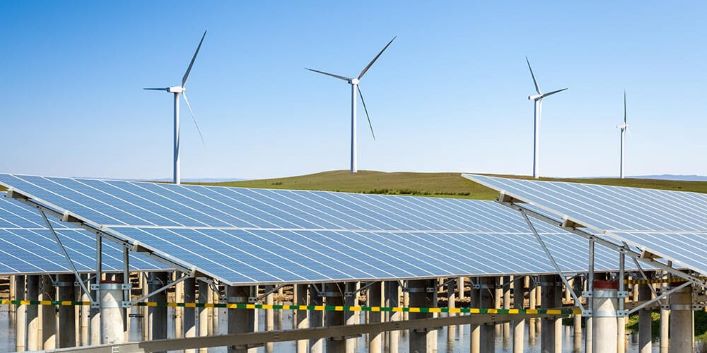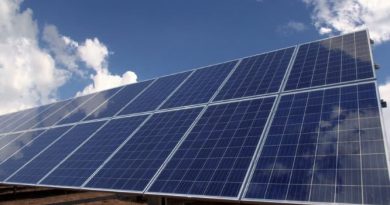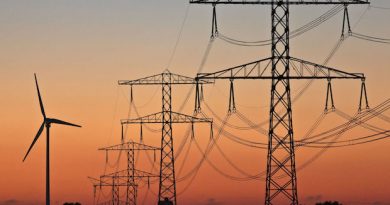The 58% truth: Crisil Note Says India to Miss Renewable Targets by 42%

A Crisil Note just predicted a shortfall of 42 percent on India’s renewable energy targets. However, don’t expect the government to react with much activity to this. For, besides polls due in two states soon, it is becoming increasingly clear that the central government’s hands are tied when it comes to sustaining the push it gave to the sector starting in 2015-16.
The note from CRISIL, coming almost exactly after a similar note last year when it predicted a lower shortfall, simply shows that forget remedial action, the government has simply allowed matters to get worse. For the record, CRISIL has hardly been alone in predicting a shortfall, for well over a year now.
As of now, not only is the sector in the midst of India’s famous red tape but along with that, every possible problem, from reluctant states, to cash strapped discoms and investor fatigue have combined to draw this dire prognosis from CRISIL.
Incredibly, this reality check comes even as Prime Minister Narendra Modi upped India’s pledge to take renewables to 450 GW by 2030. If the government is indeed serious about those numbers, it should be taking massive steps to ignite the solar and wind energy sectors, otherwise, the prospects of a renewed push for hydropower with its attendant environmental issues and challenges, lurks.
Key highlights in the CRISIL note: Renewable energy capacity ‘on track’ for just a 40 GW increase to 104 GW in 2022 from 64.4 GW in 2019. Due mainly to policy uncertainty and tariff glitches. Just around 42 percent below the government’s renewable energy target of 175 GW
The CRISIL note adds that 26 percent of the 64 GW renewable energy projects auctioned by the central and state governments have received zero or below par bids, with another 31 percent facing delays in allocation after tendering. Thus, despite the increase in tendering volume, not only has allocation of renewable energy projects slowed down but both under subscriptions and cancellations of awarded tenders have also increased.
Amazingly, government representatives have blithely been using the term ‘auction pipeline’ to assert that the country is on course for its targets. When the ratio of auctioned or awarded projects to tendered projects has plunged to 34 in 2018-19 from 77 over FY16 and FY17. The note makes it clear that an unstable policy environment and poor execution on the ground are to blame.
Quite simply, the government has failed to deliver the most important thing an industry needs to prosper, right after minimal government interference – policy certainty. Ever since India moved to open auctions, which led to the ‘discovery’ of a price of Rs 2.44 per unit for a solar project at Bhadla in Rajasthan, those numbers have come back to haunt the industry with price caps making a mockery of the open auction process. Today, any quote in the vicinity of Rs 3, considered an excellent price just two years back, is liable to be rejected.
In doing this, not only has the government shut off the sector to all but a handful of players, it has also possibly condemned the sector to a marriage with low quality, poor maintenance future. After all, with barely any firm making significant profits, how many firms will be able to deliver on the 25-year promise of maintenance.
We have all seen the quality of the resolution and arbitrage process, with the Andhra Pradesh move to renegotiate or abrogate PPA’s still leaving aftershocks in the system. ‘Investor friendly’ states like Gujarat have still not resolved their land allotment issues for wind energy auction winners, who came through SECI auction.
Quite frankly, the woes of the renewable sector simply prove the reality of the consequences for any sector with as high a government interface. None has ever done well enough to justify interest over a period of time. None.
It is time the government realised that the only way to ensure India gets anywhere near its targets is for the government to move as far away from ‘managing’ the sector as possible, and stick to leaving its running to empowered regulators. At a time when the sector is exponentially more competitive vis a vis fossil fuel-powered energy when compared to just 5 years back, it takes a special ability to mess it up as badly as it has done here.
All achieved not with minimum government, but with maximum governance.




